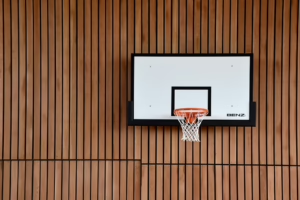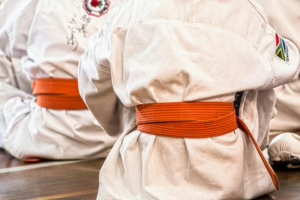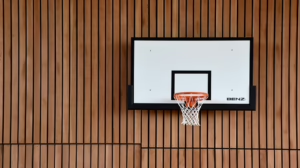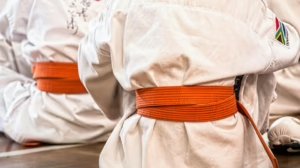Elevating the Ordinary: How Acrobatic Arts Are Redefining Fitness Trends
In the ever-evolving landscape of fitness, where new trends emerge with dizzying speed, one increasingly popular discipline is capturing the imagination of fitness enthusiasts and casual participants alike: acrobatic arts. This unique blend of acrobatics, dance, and performance art is not only redefining individual fitness experiences but also reshaping perceptions of what exercise can be.
The Rise of Acrobatic Arts in Fitness
Acrobatic arts encompass a wide range of physical disciplines, including aerial silks, trapeze, parkour, and acrobatic dance. These activities combine strength, flexibility, coordination, and creativity, making them multifaceted workouts that engage the mind as much as the body.
As traditional fitness classes like aerobics and cycling saturate the market, people are seeking out more diverse and engaging forms of exercise. Acrobatic arts provide a fresh alternative by offering the excitement of performing while also achieving fitness goals, drawing in individuals who may otherwise shy away from conventional workouts.
Physical Strength and Agility
One of the most apparent benefits of acrobatic arts is the development of physical strength and agility. Practitioners require a solid foundation of core stability, muscular endurance, and overall body awareness. Unlike typical gym routines that focus primarily on repetitive motions, acrobatic training emphasizes dynamic movements that promote functional strength.
For example, working on aerial silks demands upper body strength and grip endurance, while a well-executed handstand requires comprehensive shoulder stability and balance. As participants explore these challenges, they find themselves building muscle and cultivating coordination in unexpected ways.
Flexibility and Mind-Body Connection
Flexibility is another critical component of acrobatic arts. With the stretching routines necessary for performance ability, individuals often find that their range of motion increases significantly. Not only does this enhance physical performance, but it also reduces the risk of injury in other activities. The intricate movements required in acrobatic arts necessitate a heightened mind-body connection, wherein practitioners must focus intensely on both their movements and breath.
This deepening awareness fosters a sense of mindfulness, transforming what may initially seem like a workout into a holistic practice. Participants invariably discover that not only are they improving their physical attributes, but they are also cultivating mental resilience and emotional health.
Community and Creative Expression
One of the most appealing aspects of acrobatic arts is the vibrant community it fosters. Classes often attract individuals of varying skill levels, from seasoned performers to enthusiastic beginners, creating an inclusive environment that prioritizes support and encouragement. This sense of belonging can motivate participants to push their limits and achieve goals they never thought possible.
Moreover, acrobatic arts provide a unique platform for creative expression. Much like dance, they allow individuals to convey emotions, tell stories, and connect with audiences in ways that traditional fitness routines cannot. This creative outlet transforms exercise into an art form, reinforcing the idea that fitness can be both fun and personally enriching.
Training the Mind and Overcoming Fear
Perhaps one of the most profound aspects of the acrobatic arts is their capacity to teach participants how to confront and overcome fear. Mastering aerial tricks or intricate choreography requires not only physical skill but also mental fortitude. Many students find that as they face their fears of falling, failing, or performing in front of others, they emerge with increased confidence and a willingness to tackle challenges both inside and outside the studio.
This newfound approach can extend into everyday life, helping individuals develop resilience in the face of adversity and uncertainty.
Conclusion
As the fitness landscape continues to evolve, acrobatic arts are emerging as a dynamic and enriching alternative to conventional exercise. By merging physicality with creativity and fostering a strong sense of community, these disciplines redefine what fitness can look like. In elevating the ordinary workout experience into something extraordinary, acrobatic arts inspire individuals to not only reshape their bodies but to foster a deeper connection with themselves and those around them.
As we look toward the future of fitness, it’s clear that the acrobatic arts will play a vital role in promoting a more diverse, inclusive, and expressive approach to health and wellness. The next time you consider stepping into a gym, remember: the sky’s the limit when it comes to exploring new heights in fitness.


























Add Comment